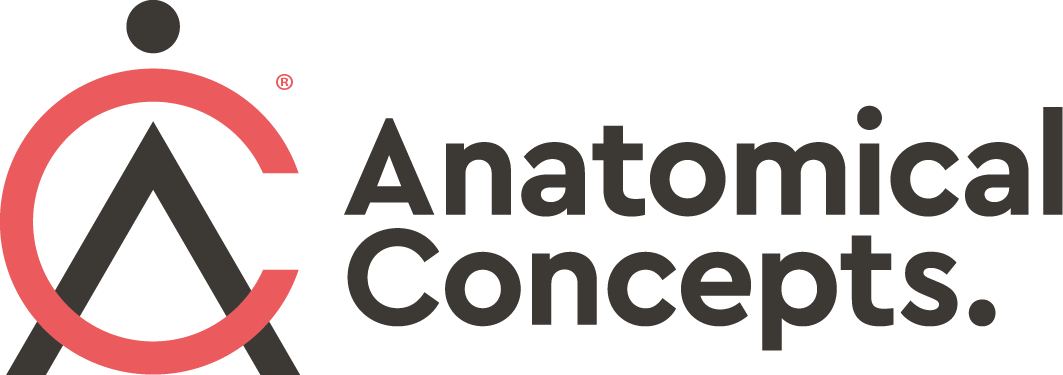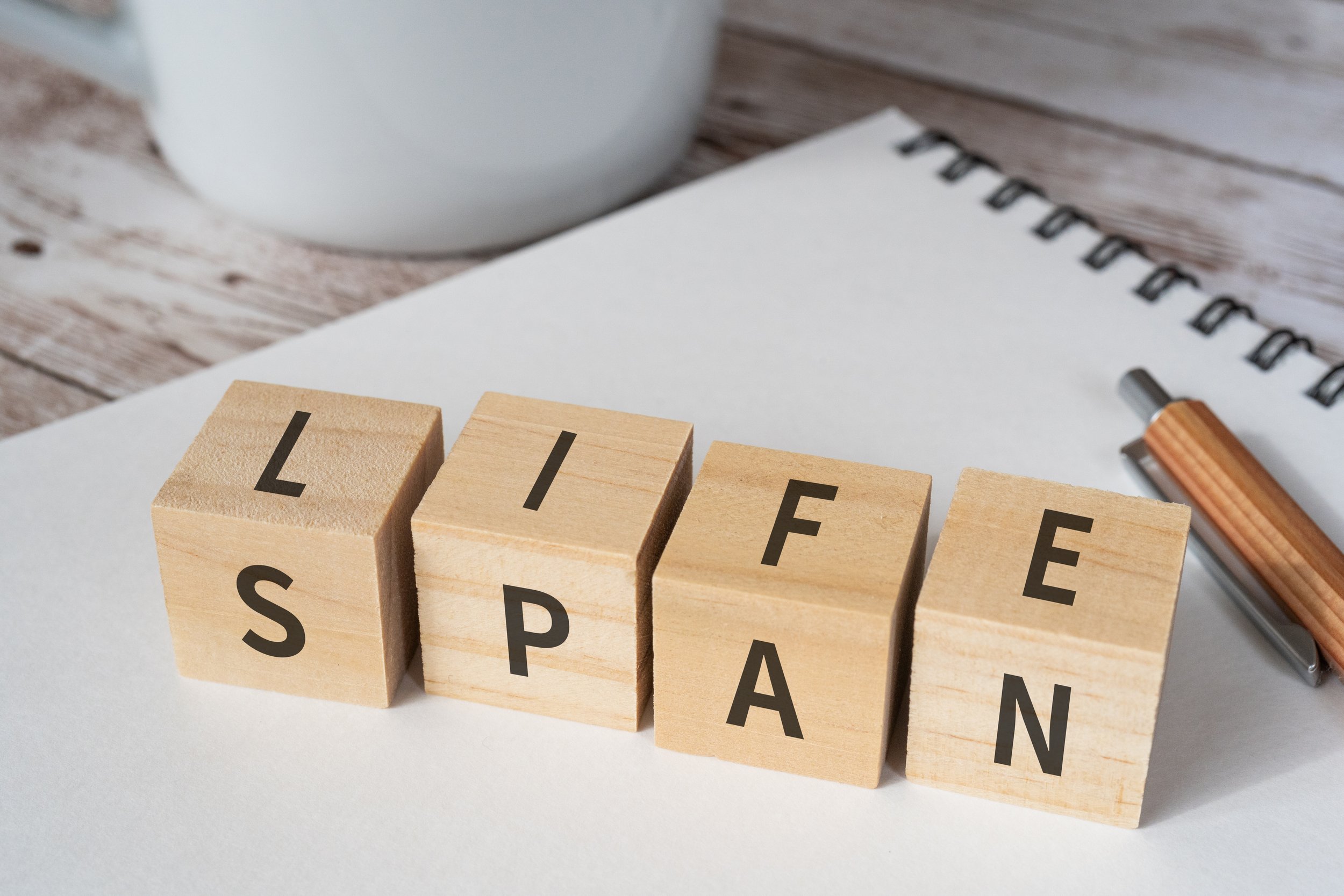Articles
Filter by Topic
- Adaptive Sport 1
- Artificial Intelligence 1
- Bike Labyrinth 3
- Bone density 1
- Brachial Plexus 1
- Bridging the Gap 1
- Bridging the Gap 1
- Carbonhand 4
- Cardiovascular 1
- Client Stories 4
- Cognition 1
- Company Updates 3
- Decision Making 1
- Dementia 1
- Denervation 22
- Diabetic Foot 12
- Efficiency 1
- Electrotherapy 27
- Exercise Benefits 28
- FES Cycling 13
- Fatigue 1
- Functional Electrical Stimulation (FES) 58
- Gait 2
- Goal Setting 5
- Grip 3
- Healthspan 2
- Indego 13
- Lifestyle 8
- Lower Motor Neuron 1
- Mobility 17
- Motivation 2
- NMES 2
- Nerve injury 1
- NexStride 1
- Occupational Therapy 1
- Orthotic 15
- PRAFO 22
- Pain 6
- Parkinsons 2
- Pressure Ulcers 10
- Product Updates 7
- RISE Stimulator 10
- Safety 2
- Sponsor 1
- Standing 4
- Stim2Go 4
- Stimulette den2x 5
- Support 1
- TENS 1
- Technology 17
Article Length
- 1 minute read 3
- 10 minute read 10
- 11 minute read 7
- 12 minute read 7
- 15 minute read 8
- 18 minute read 1
- 19 minute read 1
- 2 minute read 4
- 26 minute read 1
- 27 minute read 1
- 28 minute read 1
- 3 minutes read 9
- 4 minute read 34
- 5 Minute read 12
- 6 minute read 6
- 7 minute read 15
- 8 minute read 6
- 9 minute read 3
- FES 2
- FES Cycling 1
- FoG 1
- PRAFO 1
- Seven Minute Read 1
- Stim2Go 1
- awareness 1
- carbonhand 2
- cognitive 1
- cues 1
- freezing gait 1
- freezing of gait 1
- gait 1
- neurological 1
- neuroplasticity 1
- nexstride 2
- occupational therapy 1
- occupational therapy day 1
- orthopaedics 1
- orthotic 1
- parkinson's 1
- pressure 1
- pressure relief 1
- prevention 1
- rehabilitation 2
- stroke 1
- tSCS 1
- ulcers 1
- world stroke day 1
Unlocking New Possibilities: Exploring the Advancements in Standing Wheelchairs in the UK
Of all the products that assist people with a disability, wheelchairs seem to cause the most difficulty and confusion. There are so many options and variations that many people finish up with something that doesn't serve them all that well.
Standing mobility devices are an option that can transform the lives of individuals with mobility challenges in the UK, offering a newfound sense of freedom, independence, and well-being.
When choosing a standing mobility device - a Tek RMD or a standing wheelchair, you need to carefully consider suitability. There are no perfect products for all people and all situations.
In this article, we will showcase the Tek RMD amongst the spectrum of standing wheelchairs and standing devices, exploring their benefits, features, and the impact they have on the lives of those who rely on them. From enhanced accessibility to increased social interaction, the possibilities are endless when it comes to unlocking a newfound sense of freedom and empowerment.
Can I walk safely in a PRAFO?
This is a question that we are often asked. The short answer is yes, you can walk in a PRAFO (Pressure Relief Ankle Foot Orthosis). The PRAFO is an orthotic device family that is designed to provide complete relief from pressure or shear at the vulnerable heel area whether the user is in bed or walking around. Pressure ulcers represent a big problem for the NHS and protection from pressure and shear is key to prevention, or when things go wrong, to accelerate healing.
However, each PRAFO in the range offers much more than pressure relief though and this is essential to facilitate continuity of care. Continuity of care is an important part of the rehabilitation process and that is why our PRAFOs are designed so that the user can walk in them. If a product allows pressure protection but does not support the next step in the rehabilitation process then a different product would be required which necessitates further cost and inefficiency.
Can Electrical Stimulation Treat Chronic Wounds?
The short answer to the question is yes it can. Although there is a lot of research literature on the topic, it is reasonable to suggest that the application of electrical stimulation to help resolve chronic wounds is not that well understood or widely practised yet.
There are a variety of different approaches and there is perhaps no optimal approach that has yet been identified. As a consequence, the evidence supporting electrical stimulation for wound healing is always muted due to the variety of protocols that have been used.
Perhaps the approach with the longest use is High Voltage Pulsed Current (HVPC) which dates back to the 1940s. In this article, we will take a look at the nature of wounds, the rationale behind electrical stimulation for wound healing and look at some of the approaches that have been taken.
Curious Facts About Dementia and Handgrip Strength
At Anatomical Concepts, we are getting to grips with the Carbonhand again, so we have been delving into the research literature and sorting through the significant, curious and sometimes serious, facts to do with grip strength and human function. We don’t often write about Dementia but it is one of the conditions that shortens lives and seriously affects healthspan so we certainly don’t doubt it’s importance as a topic.
In Dr Peter Attia's excellent book, "Outlive", he mentions a recent study (by Irene Esteban-Cornejo et al, 2022) looking at nearly half a million patients in the UK which found that grip strength, which is strongly correlated with overall strength and indeed lifespan, was inversely associated with the incidence of dementia. These are findings are from the UK Biobank prospective cohort study.
People with the weakest grip had a 72% higher incidence of dementia compared to those in the top quartile for grip strength (the strongest).
What do we make of this?
Harnessing Revolutionary Technology to Strengthen Your Weak Grip: Carbonhand
Why do we need a good grip? I guess the answer is obvious. Humans use their hands in a multitude of ways. From waving hello and goodbye, to pointing directions, or using sign language, our hands are an integral part of communication in all cultures. Of course, we must grip, lift, hold, and manipulate objects in our daily lives. Unfortunately, the muscles and nervous system that powers these movements can become weak or immobile due to age, illness, or injury. For older individuals, researchers have suggested that grip strength is a “useful indicator for overall health,” and as a biomarker of health status, it may be a better indicator of life expectancy than blood pressure.
At Anatomical Concepts, we often work closely with clients who have neurological conditions such as spinal cord injuries, stroke, MS, cerebral palsy and more. The full list of conditions that can potentially benefit from help is shown below. These individuals may have grip problems and seek in the best case to either recover function via therapeutic exercises or use assistive technology to compensate for lost grip function.
In this article we review Carbonhand from Bioservo Technologies which allows many users to regain the power and the sensitivity of their grip
How to improve life expectancy after spinal cord injury - Part 2
In the first article in this series, we described how the lifespan of our general population increased on average as we moved through the first half of the 20th century. This was largely due to improved public health measures and the arrival of antibiotics. At present, we no longer see lifespan increasing and what is worse, many of us spend the last years of life in poor health and subject to chronic conditions that are associated with ageing. These conditions are:-
Heart disease
Cancer
Neurodegenerative disease
Type 2 diabetes and related metabolic dysfunction
These conditions are highly correlated with age and approximately 80% of the population will succumb to them. To some extent, they may have common causes that we would need to dig deep to uncover. In particular, metabolic dysfunction seems to be a precursor to all these other diseases.






